Multihybridization for Enhancing Fe‐Ni Bimetal Electrocatalyst in Water Oxidation
Advanced Energy Materials, Volume 15, Issue 13, April 1, 2025.

A strategy by combining s-sp, p-d, and d-d hybridization is proposed, the band electronic structure of Fe and Ni is optimized simultaneously. Based on these guidelines, a vanadium (V), boron (B) dual modulated-FeNiP catalyst exhibits excellent OER activity with a small Tafel slope of 44.40 mV dec−1, an outstanding stability, and a low overpotential of 175 mV for 100 mA cm−2.
Abstract
Water electrolysis holds the promise of transforming electric-power into hydrogen energy through a carbon free process and its widespread application highly depends on anodic oxygen evolution reaction (OER) efficiency. Transition metal-based OER catalysts meet the requirements of long-term development for cost effectiveness, and their performance can be improved by a variety of band electronic structure modulating methods. Herein, a multihybridization strategy is proposed, i.e., p-d, s-sp, and d-d hybridization are emphasized together, which guides the design of an effective vanadium (V), boron (B)-FeNiP catalyst. Density functional theory analysis reveals the existence of multihybridization and the difference between Fe and Ni in terms of hybridization strength, band configuration, and interfacial charge transfer. Specially, Fe and Ni sites are simultaneously optimized to their highest performance upon the dual B, V incorporation. As a result, the VB-FeNiP catalyst displays outstanding OER performance, regarding a Tafel slope of 57.64 mV dec−1, an overpotential of 175 mV at 100 mA cm−2, and exceptional stability. Here the synergistic effect of multihybridization in the design of transition metal-based catalysts is highlighted and the work in pursuit of effective way based on regulating band configuration to developing high performance OER catalysts would be evoked.


























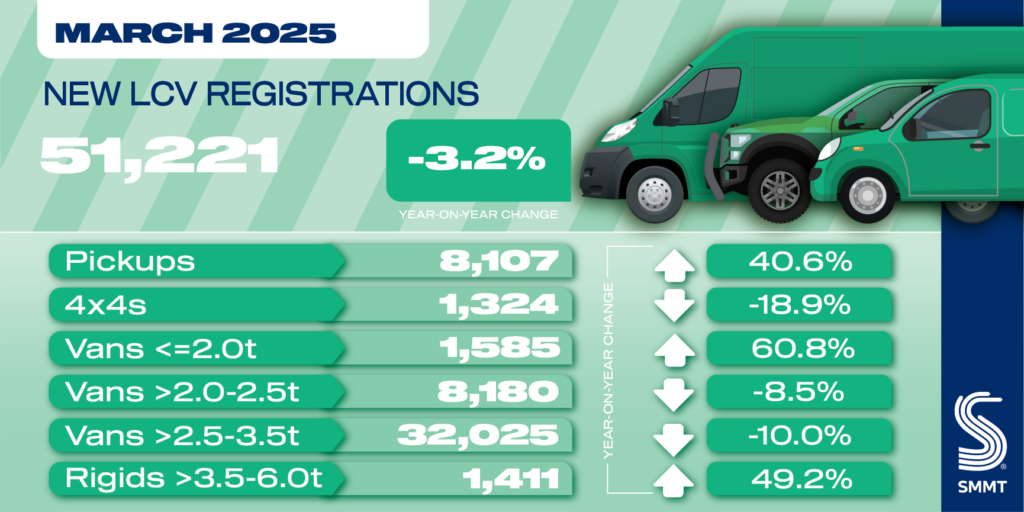








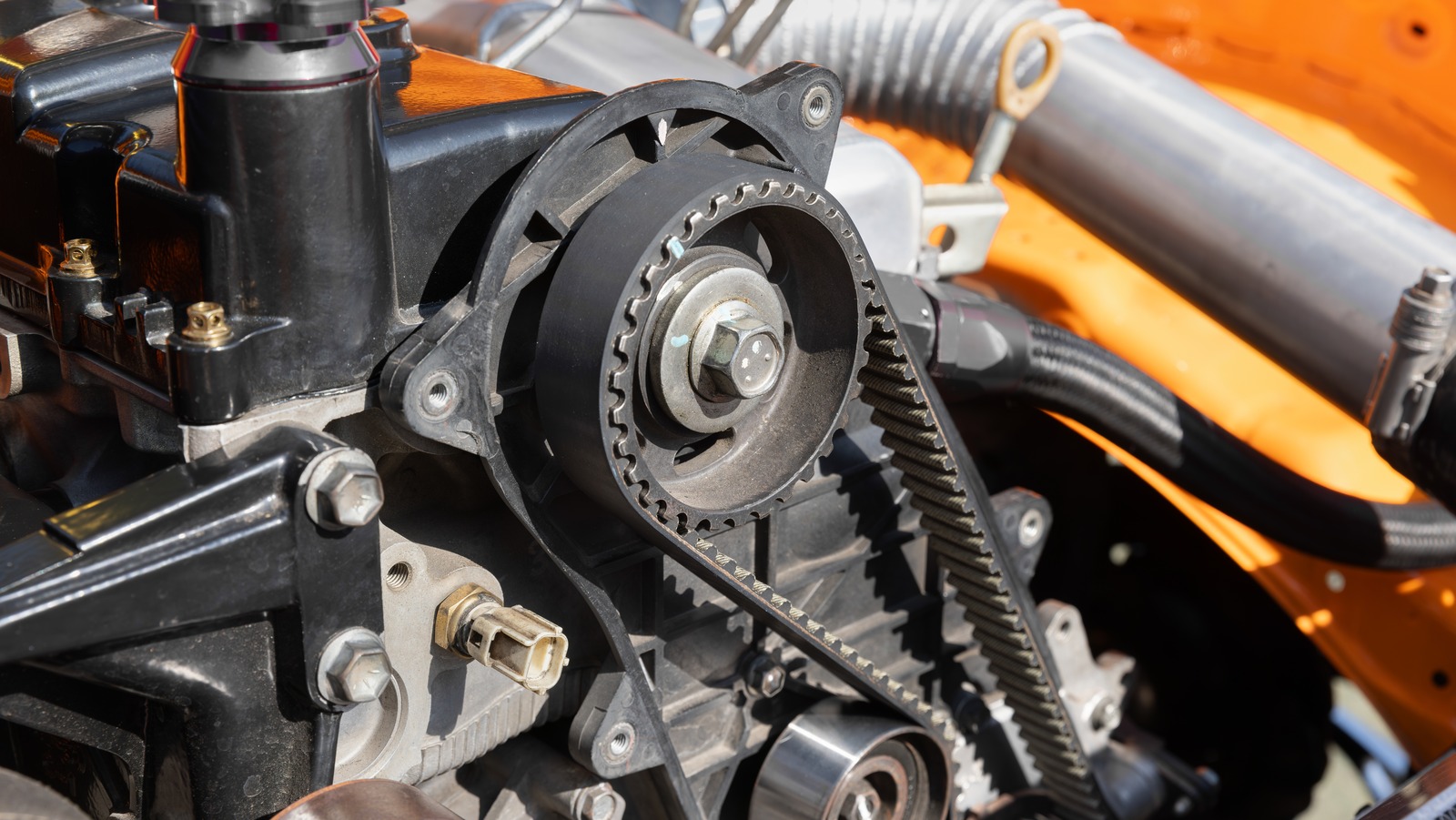

































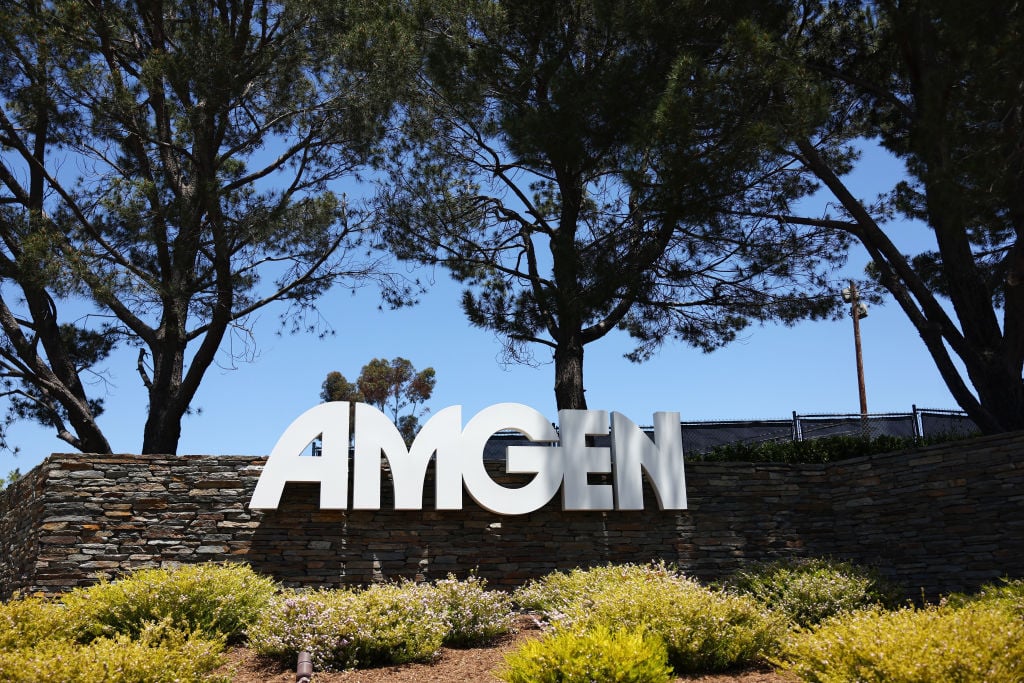


























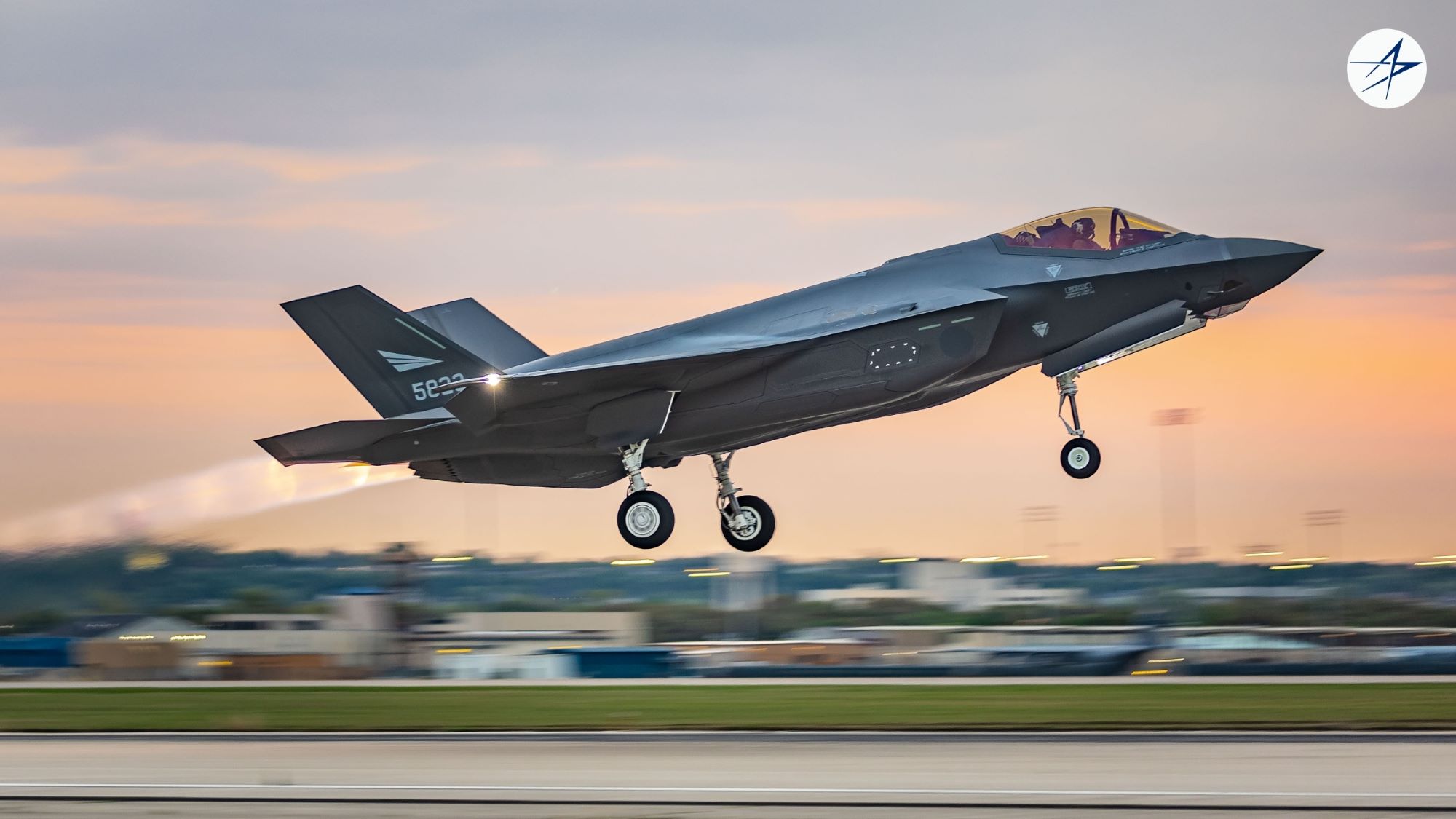
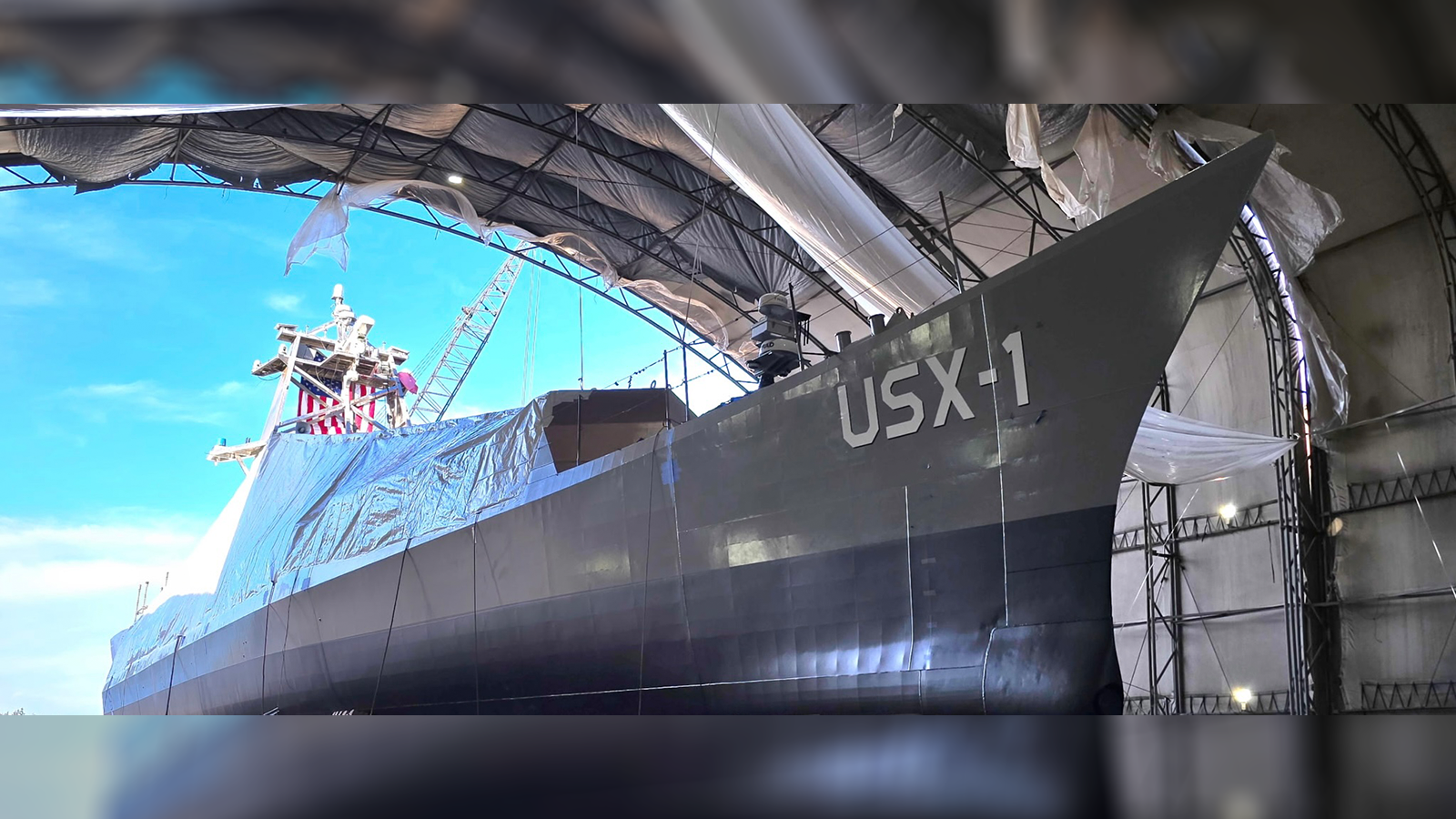






















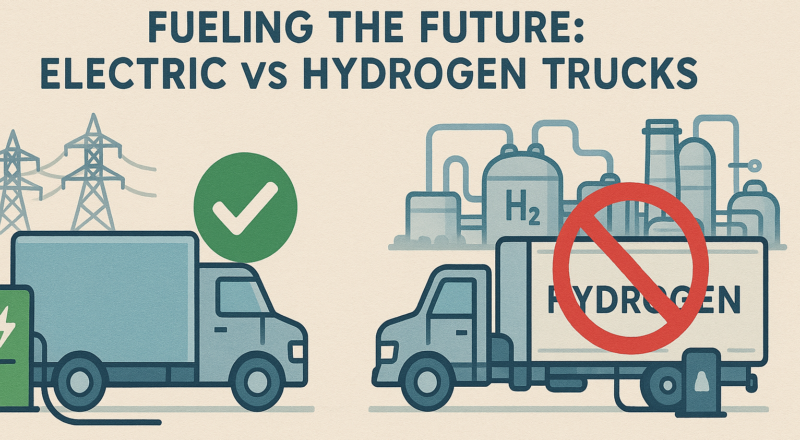
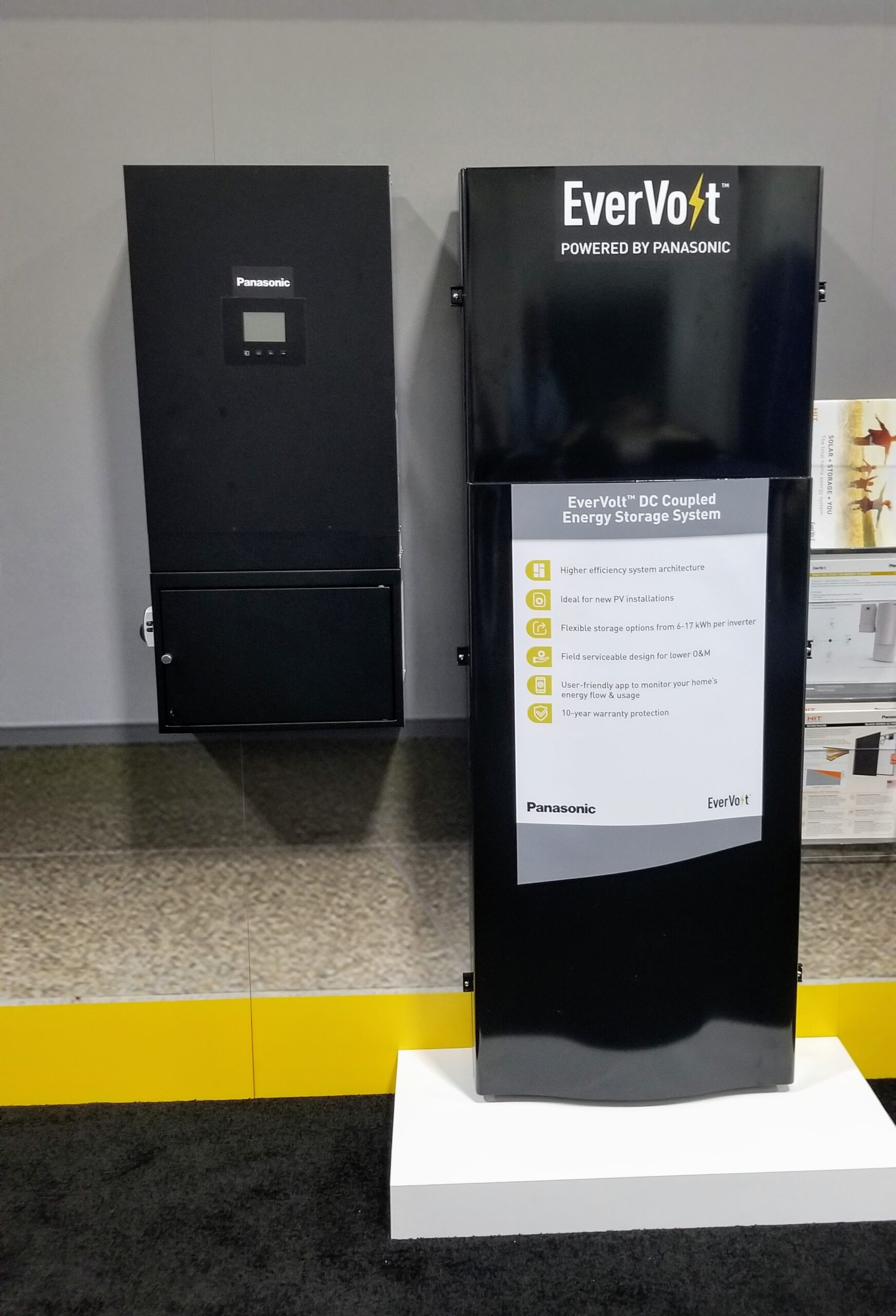




















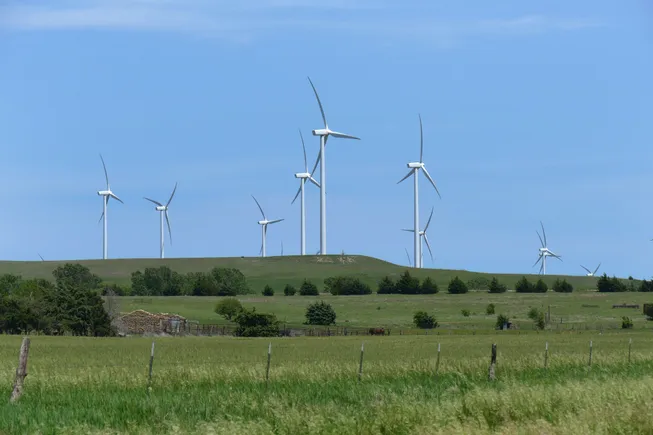























.jpg)








